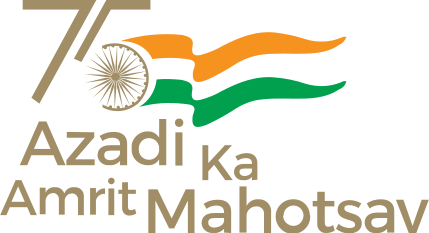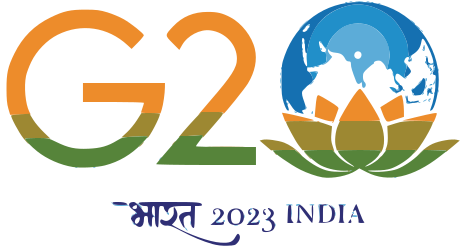
Bhāskara II, born in 1114 in Biddur, India, and likely passing away around 1185, emerged as the preeminent mathematician of the 12th century. He notably authored the initial comprehensive work that systematically employed the decimal number system. As the successor to the renowned Indian mathematician Brahmagupta at the Ujjain astronomical observatory, a prominent mathematical hub in ancient India, Bhāskara II adopted the numeral "II" to differentiate himself from a namesake astronomer of the 7th century.
One of his most well-known works is the "Lilavati," a comprehensive treatise on arithmetic, algebra, geometry, and mensuration. The Lilavati covers a wide range of mathematical topics, including rules for solving indeterminate equations, methods for computing square and cube roots, and techniques for determining areas and volumes of geometric shapes.

Bhaskara II also wrote the "Bijaganita" (Algebra), where he dealt with algebraic concepts and equations. All his mathematical treatises, such as "Līlāvatī" and "Bījagaṇita," are composed in verses, a common style among Indian mathematical classics. Bhāskara II not only embraced the decimal system but also gathered problems from previous scholars like Brahmagupta. He bridged gaps in Brahmagupta's work, notably offering a general solution to the Pell equation and presenting various specific solutions. Noteworthy among these is the solution to the equation x² = 1 + 61y², famously posed by French mathematician Pierre de Fermat centuries later.
Delving into astronomy and astrology, his works like "Siddhāntaśiromaṇi" and "Karaṇakutūhala" documented his observations of planetary positions, eclipses, and cosmography. A legend suggests that Bhāskara II named his work "Līlāvatī" after his daughter, and his attempt to determine her optimal marriage time using a water clock became part of this tale. Despite the legend's uncertain authenticity, certain problems in "Līlāvatī" were addressed to women, incorporating feminine vocatives.
Bhaskara II played a crucial role in the development of mathematics and astronomy in ancient India, and his works continue to be studied and appreciated for their insights into these fields.


